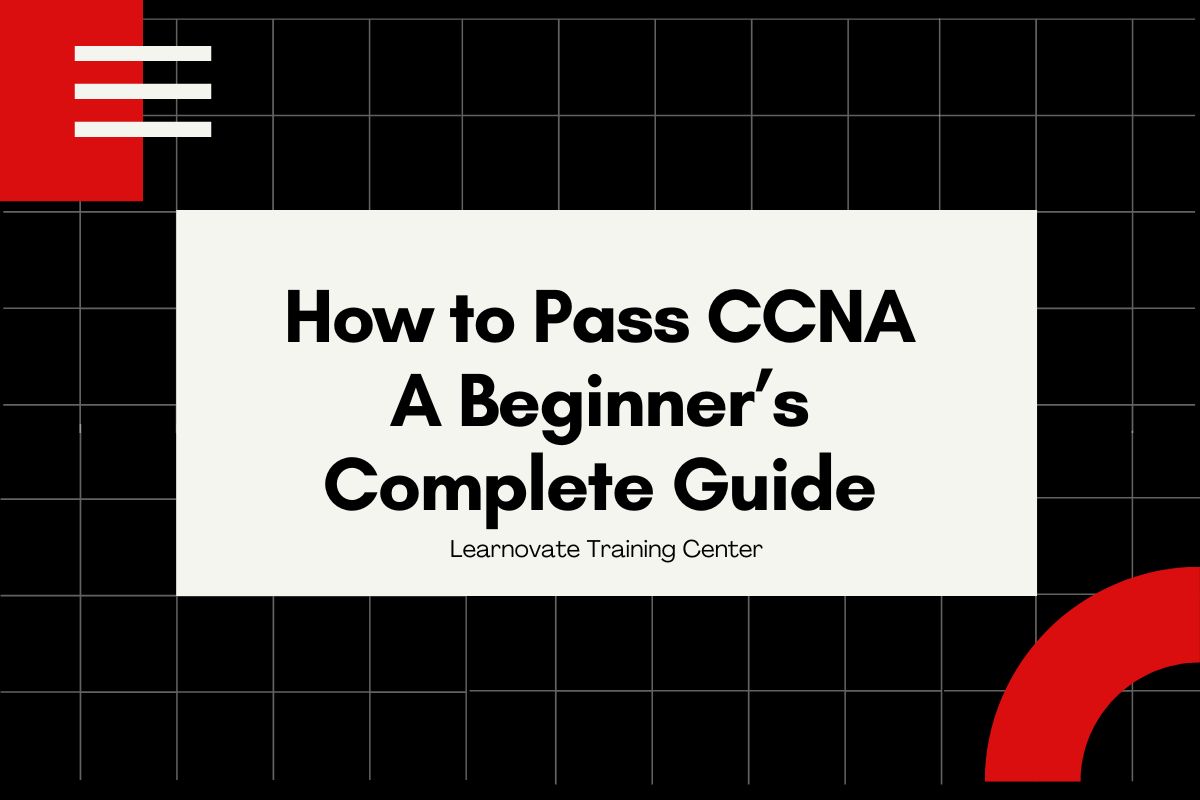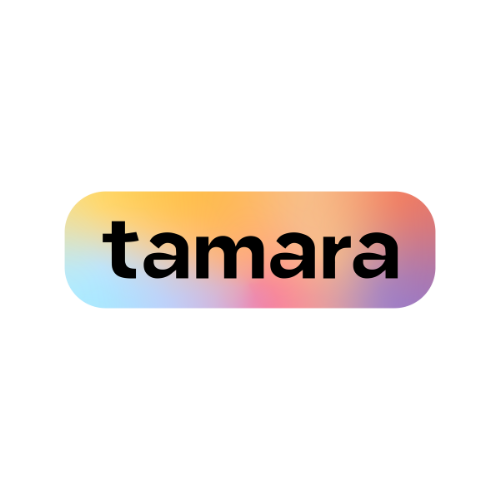Passing the CCNA (Cisco Certified Network Associate) is a game-changer for anyone stepping into the networking world. But let’s face it—it’s no walk in the park. With a pass rate of around 50% globally, the CCNA exam is tough but definitely not impossible to crack. So, if you’ve been searching for the ultimate guide on how to pass CCNA, you’ve come to the right place!
Whether you’re a beginner or someone trying to sharpen your skills, this guide will break down the entire process into manageable steps. From understanding the basics to nailing the complex parts, we’ve got it all covered. Let’s dive into the world of networking and make sure you’re fully prepared for that exam day!
Why CCNA Matters
Getting a CCNA certification isn’t just about passing an exam—it’s about building a foundation for a solid career in IT. Cisco certifications are recognized worldwide, and having a CCNA under your belt can open doors to better job opportunities, higher salaries, and a clear career path. If you’re looking to land roles such as Network Engineer, Systems Administrator, or even IT Manager, the CCNA is your first big step.
Understanding the CCNA Exam Format
Before you start studying, you need to know what you’re up against. The CCNA exam covers a wide range of topics including:
- Network Fundamentals
- Network Access
- IP Connectivity
- IP Services
- Security Fundamentals
- Automation and Programmability
The exam consists of around 100 questions and lasts 120 minutes. The questions can be multiple choice, drag-and-drop, simulation-based, or fill-in-the-blank types. You need a score of about 825 out of 1000 to pass. Understanding these basics will help you plan your study approach effectively.
Step 1: Create a Study Plan
The first rule of how to pass CCNA is to have a rock-solid study plan. Here’s how you can create one:
- Set Realistic Goals: Aim to study for 1-2 hours daily, increasing the time gradually as the exam date approaches. Consistency is key.
- Break Down the Syllabus: Divide the topics into weekly chunks. Focus on one main area each week to ensure in-depth understanding.
- Schedule Regular Reviews: Allocate time every weekend to review what you’ve learned. This helps retain information and identify weak areas.
Pro Tip: Use a calendar or digital planner to keep track of your study schedule. Small, regular sessions are more effective than cramming all at once.
Step 2: Use the Right Study Materials
Choosing the right resources can make a huge difference. There are plenty of books, online courses, and practice exams available, but it’s crucial to use up-to-date and reliable materials. Here are some suggestions:
- Official Cisco Learning Network: Start with Cisco’s official study resources. They provide free materials, webinars, and forums where you can ask questions.
- CCNA Books: “CCNA 200-301 Official Cert Guide” by Wendell Odom is one of the best resources for detailed explanations and practice questions.
- Video Tutorials: Platforms like YouTube, Udemy, and Coursera offer comprehensive video courses. Look for courses taught by experienced instructors who break down complex topics into simple concepts.
- Practice Tests: Websites like Boson and ExamCompass provide excellent practice exams that mirror the actual test environment.
Step 3: Get Hands-On Experience
One of the most effective ways to learn networking is through hands-on practice. Understanding the concepts theoretically is great, but nothing beats the experience of setting up and troubleshooting networks on your own.
- Use Packet Tracer: Cisco’s Packet Tracer software is an excellent tool for beginners. It allows you to simulate real-life networking scenarios and understand how different components interact.
- Set Up a Home Lab: If possible, create a basic lab setup with routers and switches. This real-world experience will solidify your understanding and help you master troubleshooting skills.
- Join a Study Group: Engaging with a study group can boost learning. It allows you to exchange ideas, solve problems, and stay motivated.
Looking for a comprehensive CCNA course? Join our CCNA training at Learnovate Training Center, designed to provide hands-on learning, expert guidance, and all the support you need to pass the exam with confidence!
Step 4: Master Each Topic
Now, let’s go through the key areas you need to focus on and how to tackle each:
1. Network Fundamentals
Start with the basics: IP addressing, subnetting, and understanding the OSI model. These are the building blocks of networking. Use flashcards to memorize key terms and spend time on subnetting practice—this is often a challenging part for many students.
2. Network Access
Learn how switches operate, VLAN configurations, and trunking protocols. Understand the role of STP (Spanning Tree Protocol) and how it prevents network loops. Simulate these configurations in Packet Tracer to get a clear idea.
3. IP Connectivity
Routing is a core concept in CCNA. Focus on static routing, dynamic routing protocols like OSPF, and how routing tables work. Draw network diagrams to visualize routing paths and practice configuring routers in different scenarios.
4. IP Services
Understand DHCP, NAT, and QoS basics. Learn how these services enhance network functionality and how to configure them. Simple simulation exercises can help reinforce your learning.
5. Security Fundamentals
Learn the basics of network security, including ACLs (Access Control Lists), VPNs, and wireless security protocols. These topics are essential as they cover how to secure a network from various threats.
6. Automation and Programmability
This is a newer area in the CCNA exam, reflecting modern trends in networking. Focus on the basics of network automation tools like Python and APIs. Start with simple scripts to automate common network tasks.
Step 5: Practice, Practice, Practice
There’s no substitute for practice when it comes to passing the CCNA exam. Here’s how to ensure you’re exam-ready:
- Take Mock Tests: Regularly take practice tests to get used to the question format and timing. Analyze your mistakes to understand where you need more focus.
- Simulate Real Exam Conditions: Try to mimic the exam environment—no distractions, timed sessions, and without any help. This will help reduce exam anxiety and improve your confidence.
- Review Incorrect Answers: Always go through the questions you got wrong. Understanding your errors is one of the fastest ways to improve.
Step 6: Manage Your Exam Day
The day of the exam can be nerve-wracking, but with the right mindset and preparation, you can ace it! Here are some tips:
- Get a Good Night’s Sleep: Rest well the night before the exam. Cramming at the last minute will only increase anxiety.
- Arrive Early: Make sure to reach the test center at least 30 minutes early. It gives you time to settle in and stay calm.
- Read Questions Carefully: Take your time to understand each question. Don’t rush, and ensure you fully grasp what is being asked before answering.
- Use the Elimination Method: For multiple-choice questions, eliminate the obviously incorrect answers first. This increases your chances of picking the right one.
Conclusion
Passing the CCNA exam is a significant milestone that sets the stage for a successful career in networking. By creating a strategic study plan, using the right materials, gaining hands-on experience, and practicing consistently, you can significantly boost your chances of success. Remember, the journey to mastering CCNA isn’t just about passing the exam—it’s about building skills that will serve you for years to come.
Ready to take the next step? Enroll in our https://learnovateonecenter.com/ at [Your Course Name], where expert instructors, comprehensive resources, and hands-on labs will help you pass the exam confidently and kickstart your networking career.
For more official resources, visit the Cisco Learning Network.













